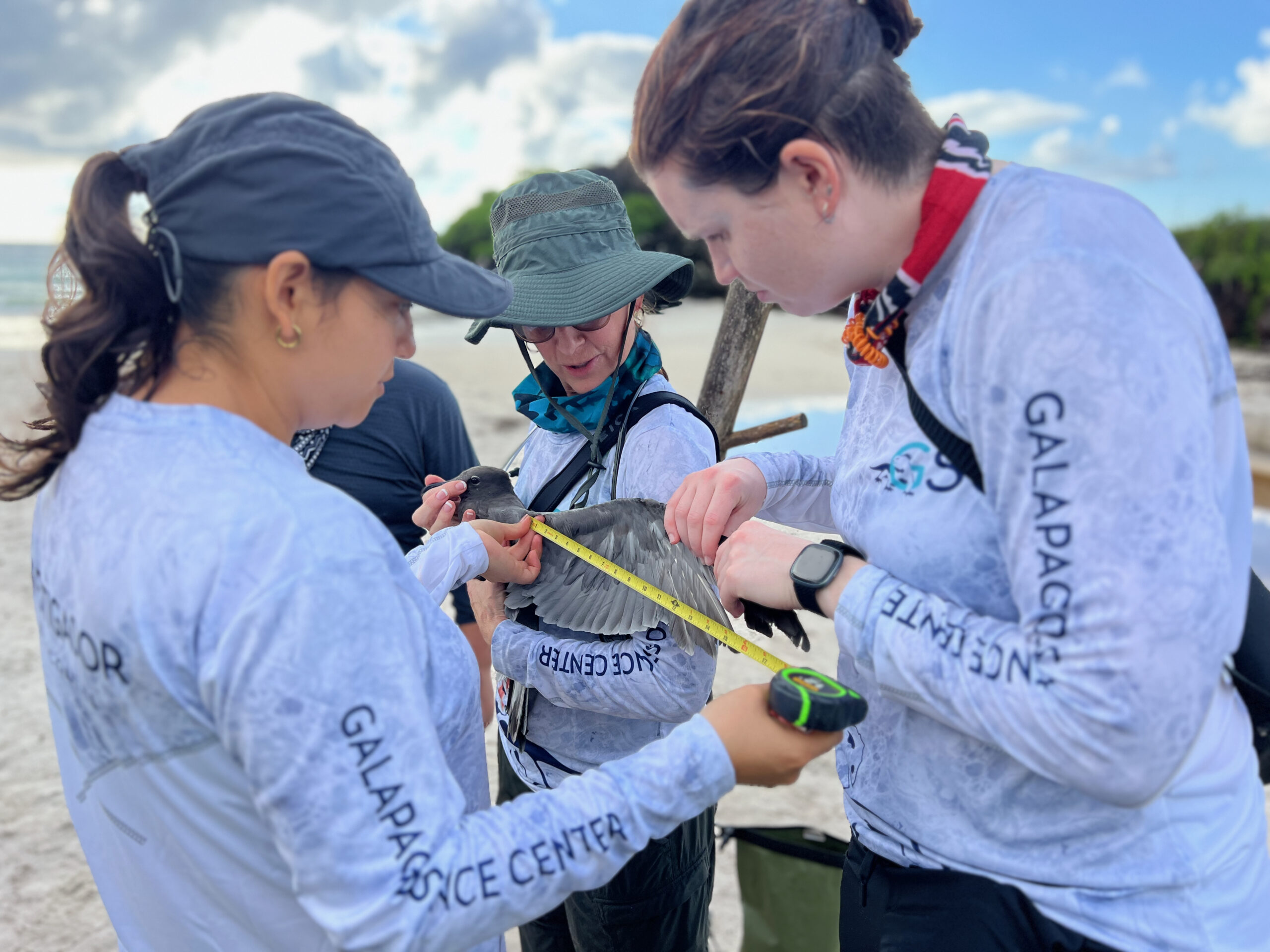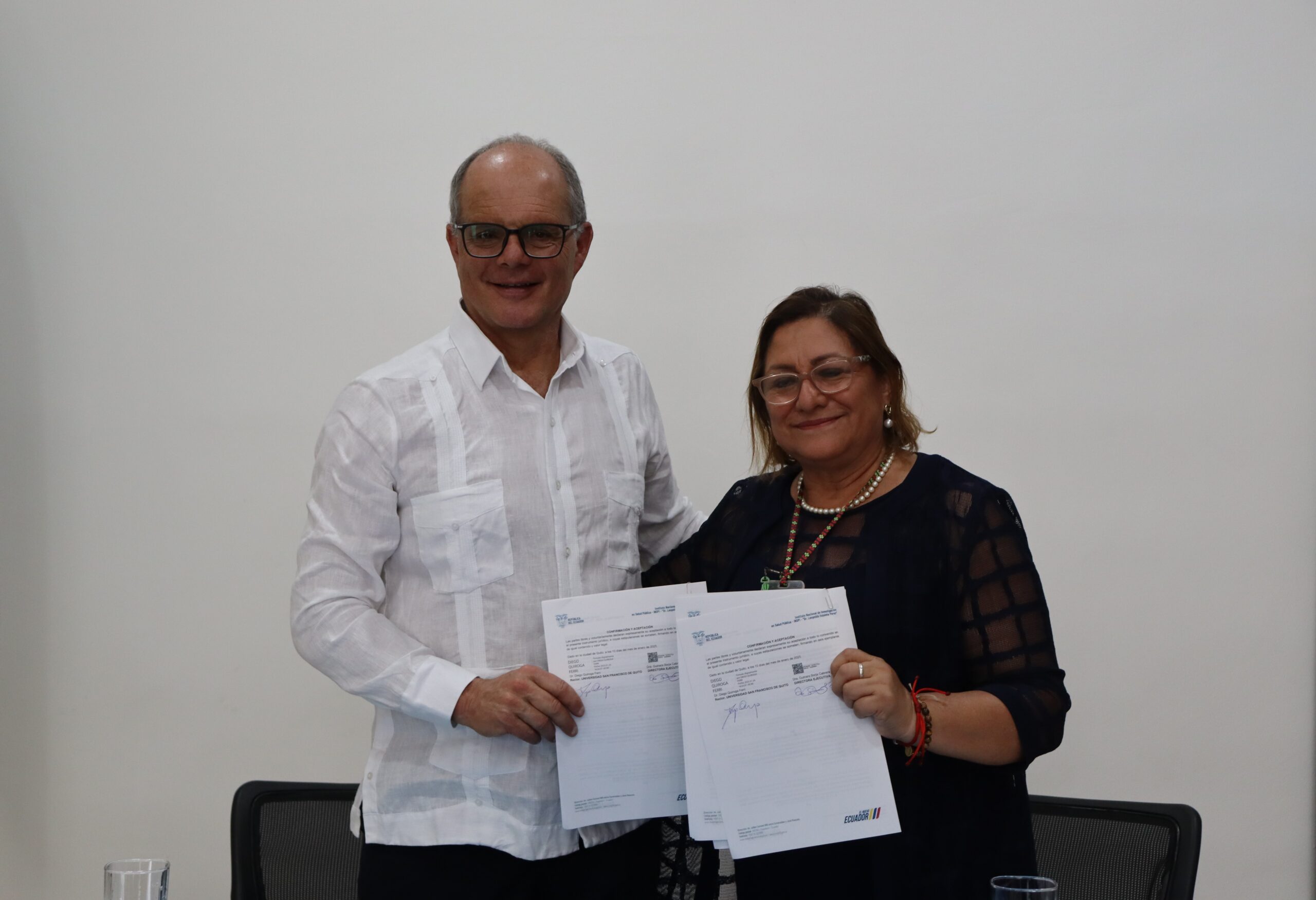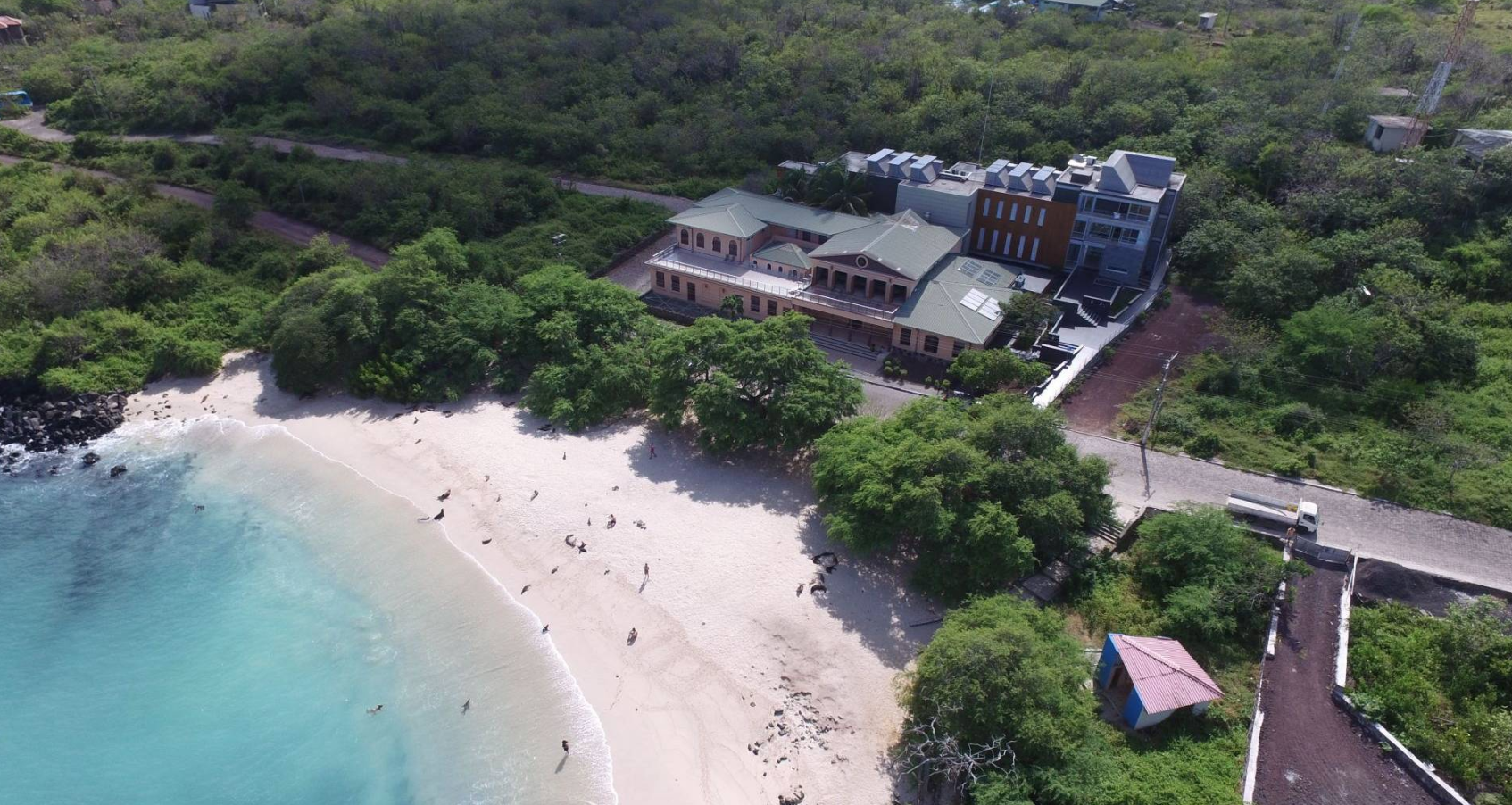These grasses live in diverse habitats ranging from the Galapagos Islands, the Paramo’ (alpine tundra), the rain forest, and riparian and littoral zones. These grasses also have a wide range of habits (tillering vs vines vs. bushy vs. tree-like), autotrophic metabolism (C3 vs. C4 carbon fixation), and survival strategies (perennial vs. annual). The question to be addressed is what genes/alleles shape certain morphologies/physiologies as expressed in a real environment, as opposed to a controlled lab environment. This project brings together two basic disciplines: botany and genomics but extends the connections into cell and developmental biology. This project is a strong collaboration with researchers at the University of San Francisco at Quito.
Grass Genomes X Environments: A hypothesis/discovery-based approach connecting genome with the phenome of plant habit and behavior in natural settings






